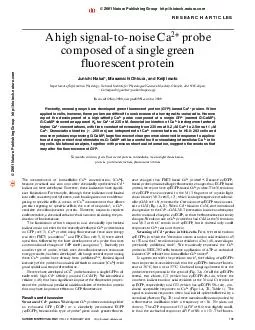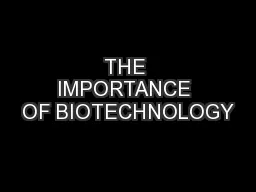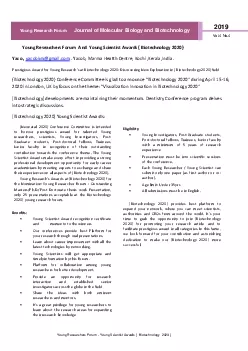PDF-NATURE BIOTECHNOLOGY VOL FEBRUARY httpbiotech
Author : jane-oiler | Published Date : 2015-03-08
naturecom 137 The measurement of intracellular Ca 2 concentration Ca 2 became practical and common after chemically synthesized Ca 2 indicators were developed However
Presentation Embed Code
Download Presentation
Download Presentation The PPT/PDF document "NATURE BIOTECHNOLOGY VOL FEBRUARY http..." is the property of its rightful owner. Permission is granted to download and print the materials on this website for personal, non-commercial use only, and to display it on your personal computer provided you do not modify the materials and that you retain all copyright notices contained in the materials. By downloading content from our website, you accept the terms of this agreement.
NATURE BIOTECHNOLOGY VOL FEBRUARY httpbiotech: Transcript
Download Rules Of Document
"NATURE BIOTECHNOLOGY VOL FEBRUARY httpbiotech"The content belongs to its owner. You may download and print it for personal use, without modification, and keep all copyright notices. By downloading, you agree to these terms.
Related Documents














